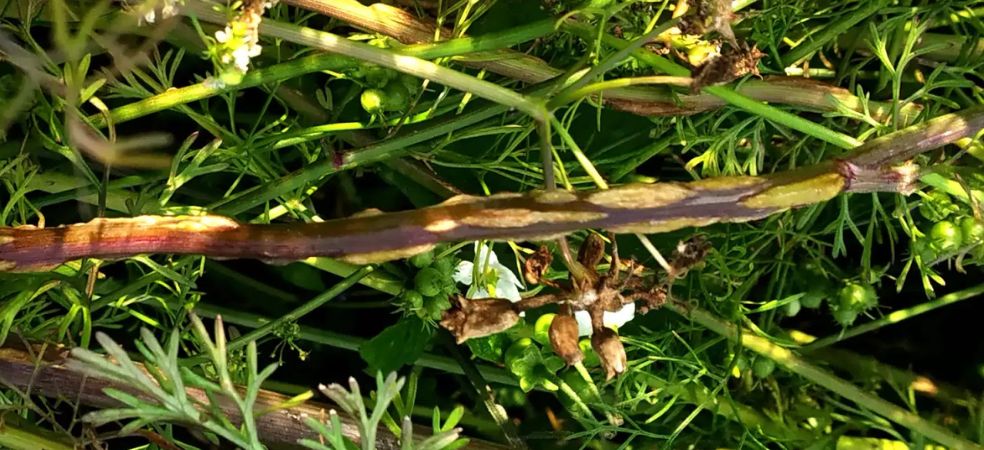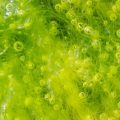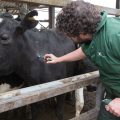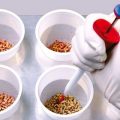Coriander is a multi-useful spice crop. Coriander leaves and seeds are both useful. Stem gall disease is very harmful in coriander crops, this disease is caused by a fungus called Protomyces macrosporus.
Symptoms of Stem gall Disease: Galls appear on the leaves and stems of plants affected by this disease. Even before flowering, the pathogenic fungus attacks the soft branches and twists their top part. Also, the infected part swells, as well as small tumour-like swellings appear on the stem near the ground. Initially, it appears shiny but later splits and becomes hard, and in advanced infection, these pustules (swellings) are also formed on the upper part of the stem. When the attack occurs in the inflorescence, seed production is reduced.
Control: To reduce stem gall disease, maintain optimum moisture, and destroy diseased crop residue by burning. treat the seed with Bavistin (Carbendazim 50% WP) @ 2 g/kg before sowing. If symptoms appear in standing crops, spray Novacone (Hexaconazole 5% SC) @ 400 ml/acre with Monas Curb (Pseudomonas fluorescens) @ 250 g/acre in 150 to 200 litres of water.
ShareFor such important information related to the agriculture sector and farmers, do read Gramophone’s articles daily. If you liked today’s information then don’t forget to share it with friends.




